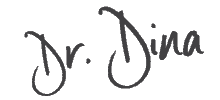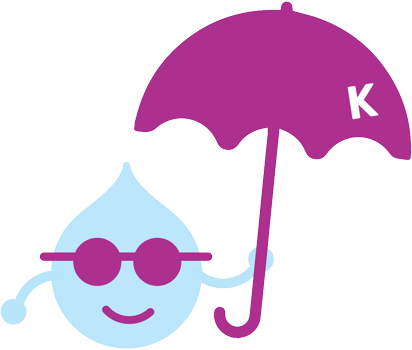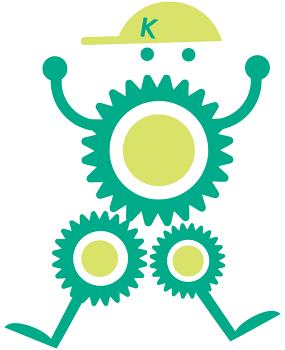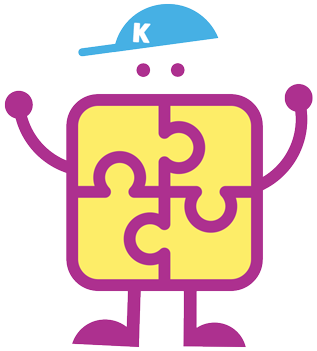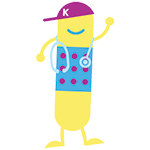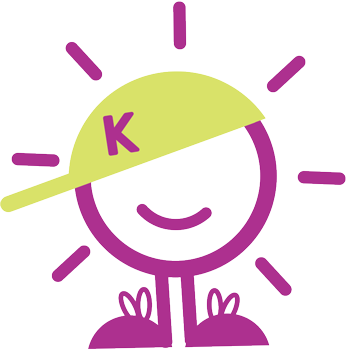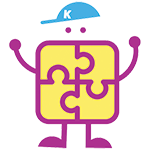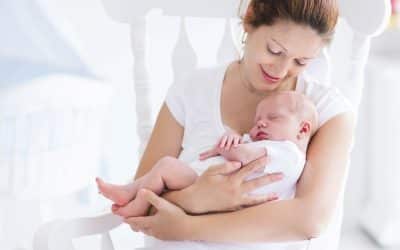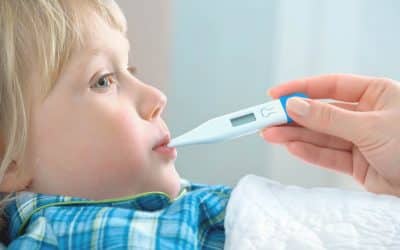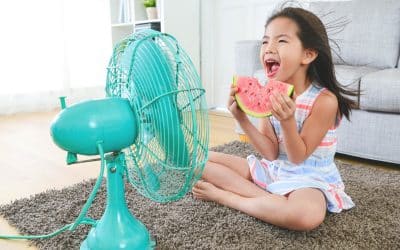Acne typically starts in the teenage years due to hormonal fluctuations
Acne (otherwise called acne vulgaris) falls under many categories, and to properly heal your pimples, you’ll need to identify them. Treating your type of pimples correctly will help clear up your skin and boost your confidence.
Acne typically starts in the teenage years due to hormonal fluctuations. It is prevalent to grow up with acne and have it persist into adulthood.
An acne breakout typically occurs in the face, back, and chest. They may clear up themselves, but if the acne keeps recurring, you’ll benefit from medicine to keep your pimples at bay. A lot of the time, you can clear a breakup without a doctor’s prescription with over-the-counter medication.
Still, if your acne is more intense, it may not go away until you see your doctor or dermatologist for a more potent treatment. The type of acne you’re experiencing may clue you into what treatments you can expect to need. Keep in mind that it’s very common to have multiple acne forms at once, and you may require various forms of treatment.

Acne types
Acne falls into two more significant categories, inflammatory and noninflammatory. Inflammatory acne is considered more severe. It causes swelling in the skin and typically only responds to prescribed treatments.
Noninflammatory Acne
Noninflammatory acne involves comedones, hair follicles clogged with dead skin cells, or oil. These comedones can develop into one of two types of noninflammatory acne: blackheads and whiteheads.
Blackheads
Blackheads are comedones that open on the surface of the skin. They are named for their dark external appearance. To prevent blackheads, make sure your makeup is labeled “non-comedogenic,” this means it’s less likely to clog pores.
Blackheads are typically treated with over-the-counter treatments, including salicylic acid products. This acid exfoliates your skin, which removes the dead skin cells that cause blackheads. Topical retinoids or treatments with benzoyl peroxide might help as well. Do not pick or squeeze blackheads, as this can lead to scarring.
Whiteheads
Whiteheads are comedones that remain closed on the surface, causing a white appearance on the top. They are treated with mostly the same medicine to treat blackheads. Like blackheads, they should also not be popped or picked at.
Inflammatory acne calls for different treatment methods.
Inflammatory Acne
Like noninflammatory acne, inflammatory acne starts with a clogged pore. This can happen because of excess oil production, hormonal fluctuations, ingrown hairs, and more. Acne becomes inflamed when oil or dead skin cells cause a buildup that prevents oxygen from reaching a pore.
This creates an environment for bacteria. When the bacteria breaks into the pore and under the skin, your immune system is activated to fight the bacteria, ultimately leading to inflammation.
If you have recurrent breakouts of inflammatory acne, you’ll likely need either an oral or topical prescription from a dermatologist. It is common to be prescribed both an antibiotic and a treatment containing benzoyl peroxide. Other possibilities include retinoids or birth control pills for women. There are four types of inflammatory acne.
Papules
Papules appear as tiny red or pink bumps. They’re often sensitive to touch. If you pick or squeeze at a papule, you’ll aggravate the inflammation and risk scarring. It’s best to see a doctor for a prescription and not try to pop them. Papules are common, but a high amount of them can indicate your acne is moderate or severe.
Pustules
Pustules look similar to whiteheads but have a red ring around the bump. The bump itself usually contains white or yellow pus. Picking or squeezing them can lead to scarring or dark spots.
Nodules
Nodules are a more severe form of acne. The bump of a nodule is large and firm to the touch. They form deep in the skin and can be painful. It is unlikely that they will respond to over-the-counter treatments. As with other forms of inflammatory acne, the presence of nodules suggests you should see a dermatologist.
Cysts
Acne Cysts are large, painful lumps located deep in the skin. They are softer than nodules and can be red or white. Cystic acne is recognized as a severe form of acne, and it likely won’t clear up until you see a dermatologist for treatment.
While it may sound scary if your acne is labeled “severe,” it is not dangerous. These forms of acne just need more potent treatments to clear up. No matter the type of acne, seeing a dermatologist is never a bad idea. They can identify your acne type with confidence and pinpoint the treatments that best match your skin.
A dermatologist can also make sure the skin problems you are experiencing are genuinely acne. Many conditions resemble acne but are not the same thing.
If you take the self-guided route with over-the-counter treatments, make sure you don’t overdo it. Using too many treatments simultaneously can dry you out, leading to more oil production and ultimately more acne!
Keep in mind that these treatments take time. Your acne may get worse before it gets better. Therefore, it’s essential to be persistent with the medicines given to you by your doctor. Use them every day as directed, and be patient!
Many people are embarrassed or insecure because of their acne, but it is truly nothing to be ashamed of. 90% of people are affected by breakouts at some point in their life. Contrary to popular belief, acne does not mean you have dirty skin. Aggressive face washing only aggravates breakouts.
Stick to the right treatment plan for your skin, and soon you’ll be back feeling (and looking) like yourself!
FAQ – Frequently Asked Questions
What do I do about severe acne?
Severe acne is a frustrating condition to deal with. But, there are effective treatments available! The right strategies can bring relief during outbreaks and prevent infection or scarring in your skin – so don’t give up hope yet; contact an expert doctor who knows how to get you on track.
What is the best acne treatment?
According to Google, La Roche-Posay Effaclar Medicated Gel, Mario Badescu Drying Mask, Dickinson’s Original, and Witch Hazel Pore Perfecting Toner are great options for acne treatments.
If those do not work, it might be time to see a dermatologist for something stronger like prescription medications. Always discuss any musculoskeletal and skin diseases with your doctor.
What causes severe acne?
Common causes of skin disorders include bacteria trapped in clogged pores, hair follicles, and/or fungal infections.
Do dead skin cells cause acne?
Acne is caused by an overabundance of oil cells and bacteria that lead to inflammation in your pores. If you’re struggling with acne, people have found success with some lifestyle changes, including drinking more water.
Why is it wrong to pop your acne?
It’s always best to let your acne go away on its own because if you pop it improperly, there is a risk of acne scars.
What is severe nodulocystic acne?
Nodulocystic acne is a strong skin condition that can affect the face and upper trunk, typically resolved with scarring. Cystic acne is deep and painful.
Can you prevent acne breakouts?
Many things help reduce the number of acne breakouts: Washing your face with soap is critical for removing excess oils or dead cells in pores; try using a gentle, non-abrasive wash, morning and night. If you use a moisturizer, ensure it is labeled as non-comedogenic so it doesn’t block pores.
